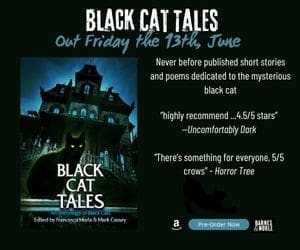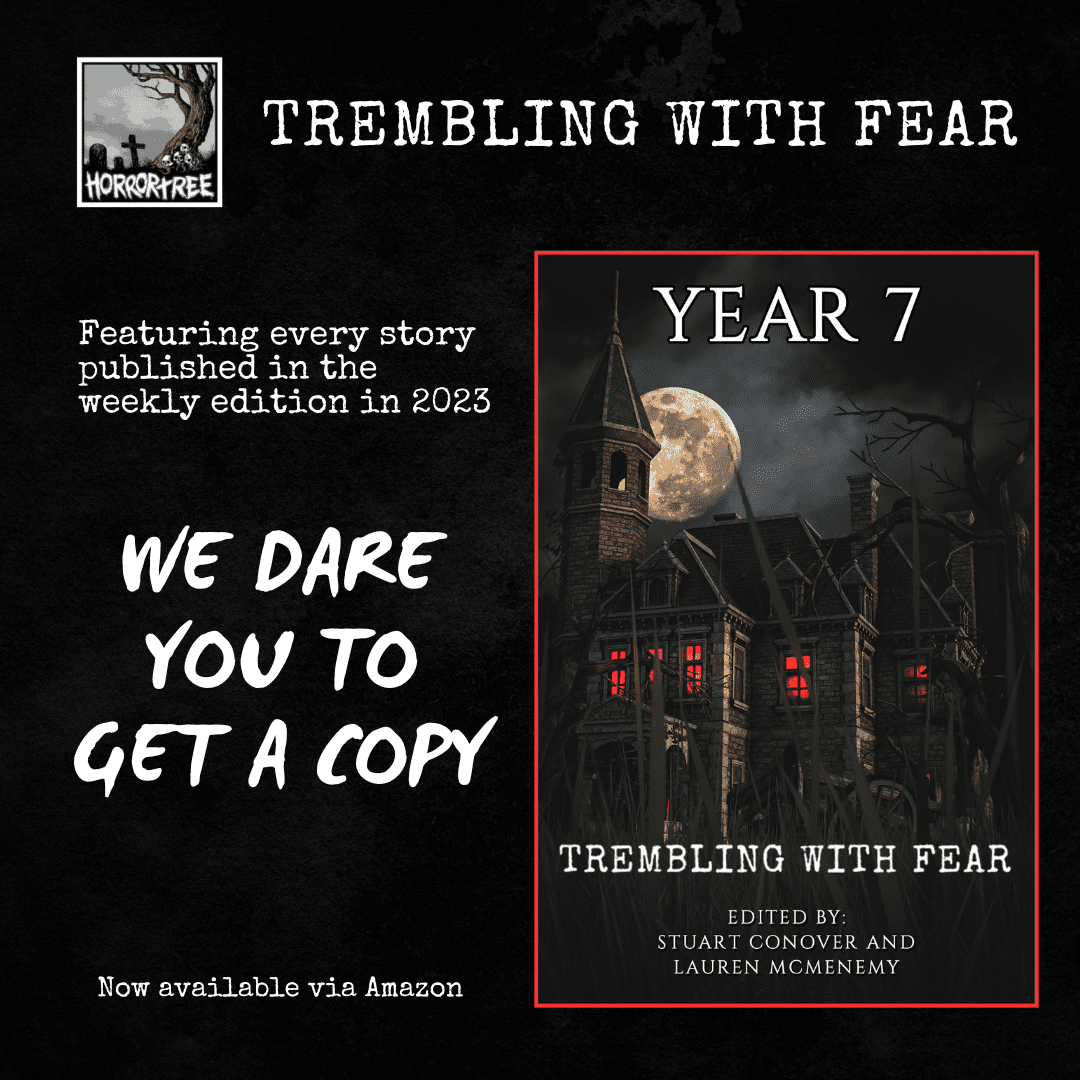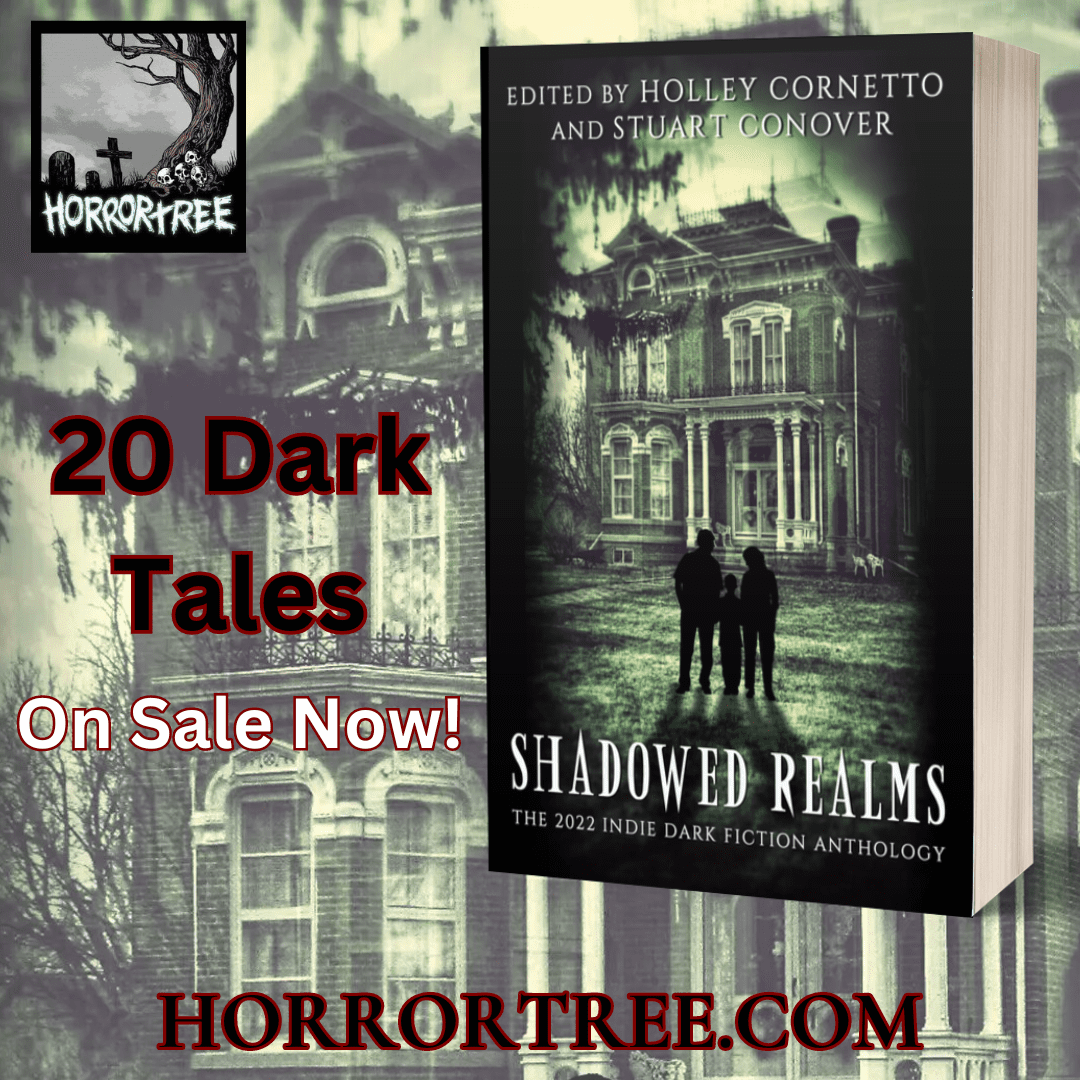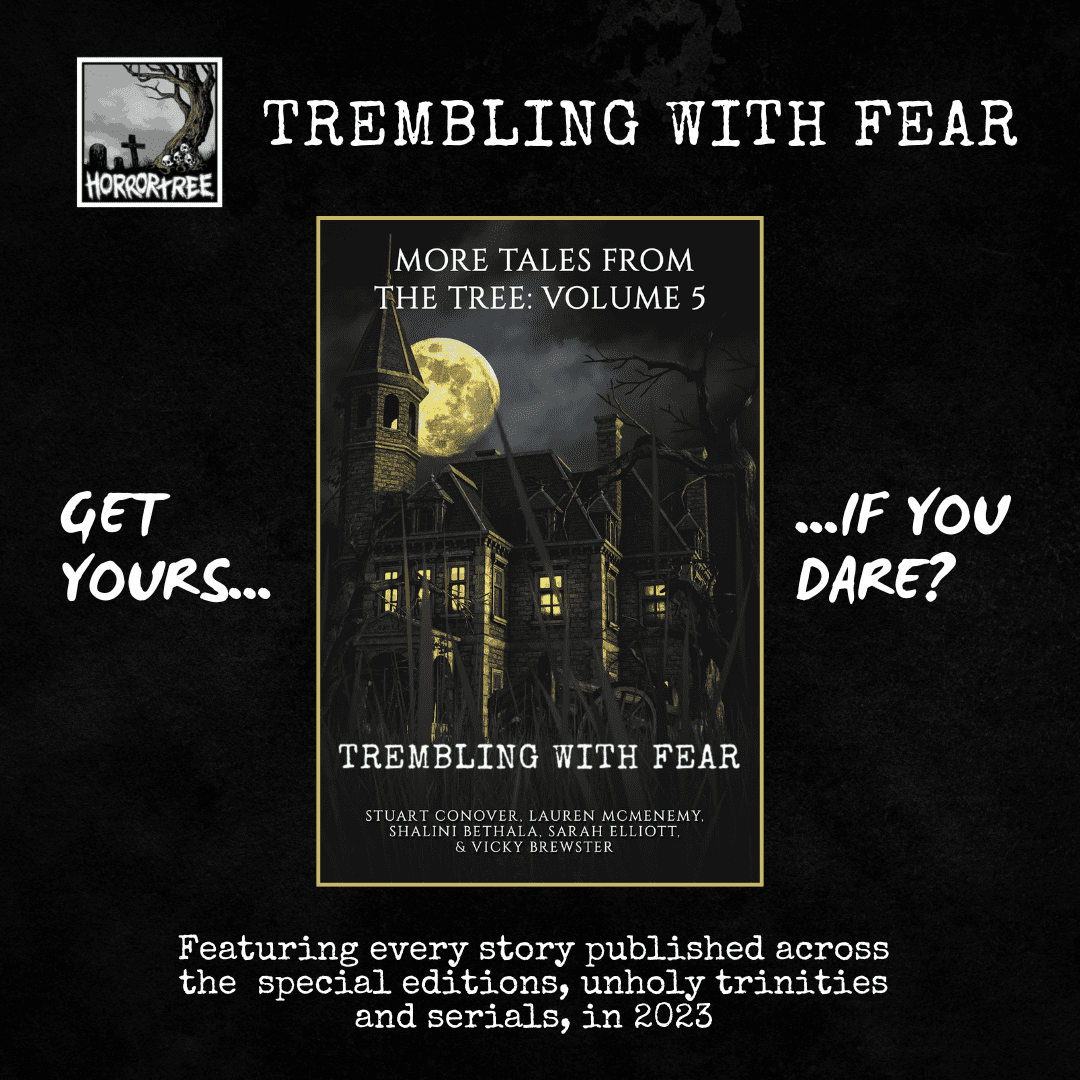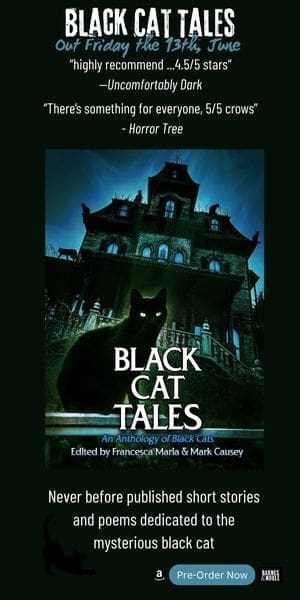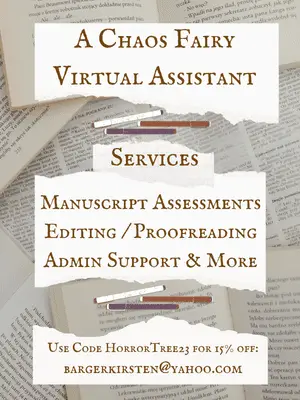Creating a Perfect Antagonist for Your Student Horror Story
Creating a Perfect Antagonist for Your Student Horror Story
Horror stories thrive on fear, and at the heart of every great horror story is a terrifying antagonist. Whether it’s a supernatural entity haunting a school dormitory, a deranged professor with a dark secret, or a sinister force lurking in the library basement, your antagonist is the driving force behind the fear. A well-crafted antagonist does more than just scare readers; they create tension, challenge protagonists, and make your horror story unforgettable.
The Role of an Antagonist in Horror
In any story, the antagonist serves as the main obstacle the protagonist must overcome. In horror, this role is heightened because the antagonist often embodies pure fear. They can be an external force—such as a ghost, a killer, or a monstrous creature—or an internal one, like deep-seated psychological trauma or paranoia. In student horror stories, the setting plays a crucial role in shaping the antagonist. Schools, dormitories, libraries, and abandoned halls provide the perfect eerie backdrop for horror elements to thrive.
If you’re writing a horror story as part of an academic assignment, conducting thorough research on horror tropes, folklore, and psychological fears can elevate your writing. A high-quality research paper writing service can help you analyze the most effective techniques used in horror literature, ensuring your story meets academic standards while maintaining its chilling impact.
Types of Antagonists in Student Horror Stories
Your antagonist should fit the tone and theme of your horror story. Here are common types of antagonists that work well in student horror settings.
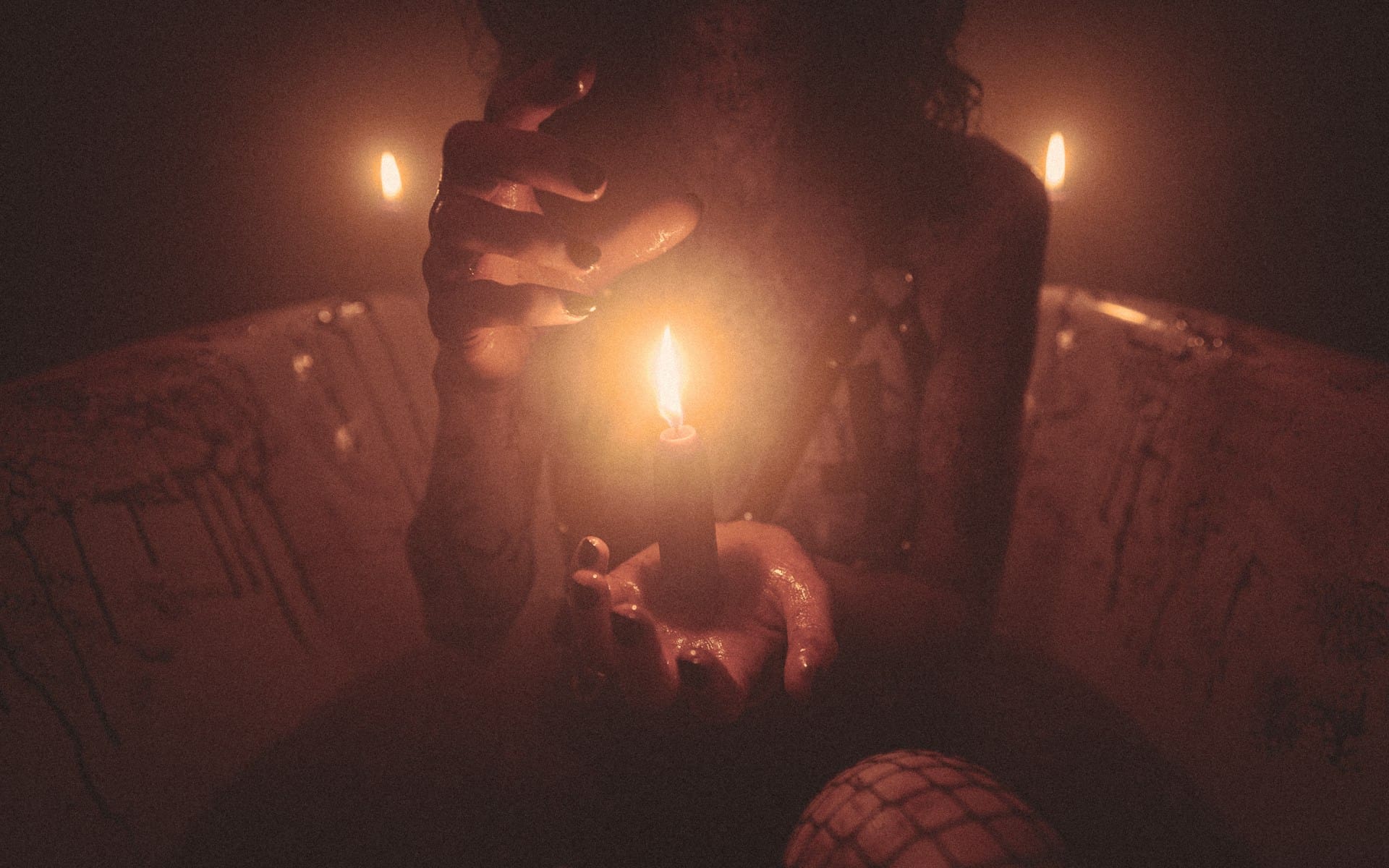
Photo by Dalton Smith on Unsplash
The Supernatural Entity
Ghosts, demons, and cursed spirits make for excellent horror antagonists. These beings often have tragic or violent backstories, linking them to the setting. A vengeful spirit of a student who died under mysterious circumstances, for example, could be haunting the dormitory, seeking revenge.
Example: A group of students accidentally awakens the spirit of a former student expelled under false charges. The entity begins terrorizing students, whispering accusations and causing eerie accidents.
The Twisted Authority Figure
Teachers, professors, or school staff members with sinister intentions can create psychological horror. These antagonists are often perceived as figures of trust and authority, making their betrayal even more terrifying.
Example: A seemingly kind professor secretly conducts dark rituals in the school basement, targeting students with specific traits for his experiments.
The Malevolent Student
Sometimes, the most terrifying monster is human. A fellow student with dark secrets or sociopathic tendencies can serve as a chilling antagonist. Bullying, revenge, or a hidden obsession can drive these characters to commit horrific acts.
Example: A new student, friendly and charismatic, slowly manipulates others into committing heinous acts under the guise of a “game,” leading to tragic consequences.
The Ancient Curse or Mythological Threat
Old legends, forgotten curses, or hidden artifacts can introduce supernatural horror into a school setting. Tapping into local folklore or urban legends can make the horror feel more grounded and realistic.
Example: A cursed book in the school library grants readers knowledge at the cost of their sanity, turning them into vessels for an ancient evil.

Photo by Thought Catalog on Unsplash
How to Develop a Compelling Antagonist
Creating an effective antagonist involves more than just making them scary. They need depth, motivation, and a connection to the protagonist or setting. Here’s how to build a strong horror antagonist.
-
Establish a Motivating Backstory
Great antagonists don’t scare just for the sake of it. They have a reason for their actions. Ask yourself: What turned them into a monster? Were they once a victim? Were they always evil, or did circumstances shape them?
Example: A school janitor who was wrongly blamed for a fire that killed students is now a vengeful spirit, punishing those who ignore fire safety regulations.
-
Give Them Unique Abilities or Traits
A horror antagonist should have distinctive characteristics that make them stand out. This could be a physical trait (like glowing red eyes), a specific behavior (like humming a nursery rhyme before attacking), or supernatural abilities (such as controlling shadows).
Example: A ghost that only appears in reflections but can physically harm its victims through mirrors.
-
Build Psychological Horror
The most terrifying antagonists don’t just scare people—they manipulate emotions and create paranoia. Fear of the unknown is a powerful tool. Let your antagonist play with their victims’ minds, making them question reality.
Example: A cursed diary causes students to forget important parts of their lives each time they write in it until they no longer remember their own identities.
-
Make the Antagonist Unpredictable
The unknown is terrifying. Avoid making your antagonist behave predictably. Let them strike when least expected or break horror clichés by acting contrary to what the audience anticipates.
Example: Instead of attacking at night, the ghost of the old headmaster only appears in broad daylight, terrifying students in classrooms.
Balancing Horror and Believability
Even if your antagonist is supernatural, they should follow some form of internal logic. Readers should understand their rules—what they can and cannot do and what triggers their attacks. Establishing clear rules makes the horror feel more immersive.
For instance, if your antagonist is a ghost, decide:
- Can they interact with the physical world?
- Are they visible to everyone or just certain people?
- Do they have weaknesses, such as a specific chant that banishes them?
Maintaining consistency ensures that your horror story remains engaging rather than confusing.
Crafting Terrifying Encounters
A great antagonist needs to make their presence known through chilling encounters. Here’s how to structure effective horror scenes.
Create Suspense Before the Reveal
Don’t introduce the antagonist too soon. Build up their presence through eerie signs—whispers, flickering lights, missing objects—before the full reveal.
Use Sensory Details
Describe sights, sounds, and sensations vividly to immerse readers in fear. The smell of burning flesh, the sound of nails scraping against a door, or the feeling of icy breath on a character’s neck can make scenes more terrifying.
Make Confrontations Escalate
Each encounter should raise the stakes. Start with unsettling experiences and gradually increase the horror until the final showdown.
Conclusion
Creating the perfect antagonist for a student horror story requires more than just making them scary—they need depth, motivation, and a connection to the setting. Whether you choose a vengeful spirit, a sinister teacher, or a cursed artifact, your antagonist should evoke fear through unpredictability, psychological manipulation, and terrifying encounters. By crafting a well-developed villain, you’ll not only terrify your readers but also leave them haunted long after they finish your story.
This version includes your requested anchor text and is structured to guide readers through the antagonist creation process. Would you like any refinements or additions?






